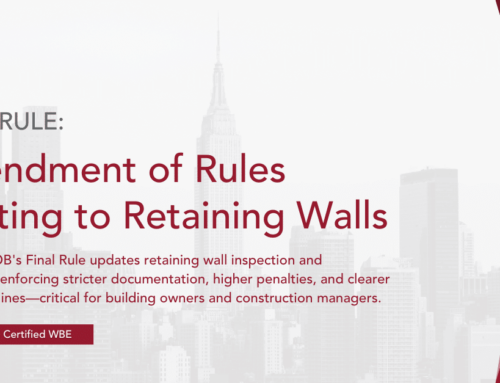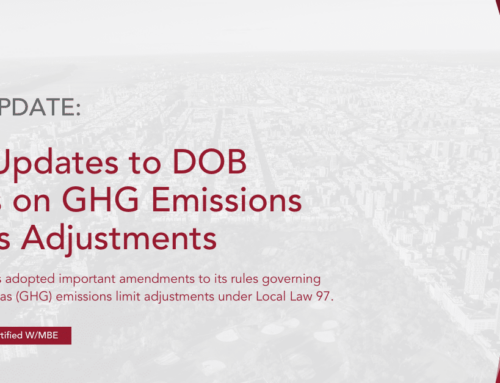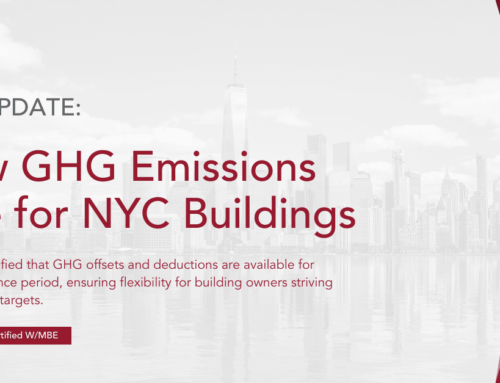From Construction Dive:
Census Bureau numbers show that, in 2015, Hispanics edged out their white, non-Hispanic counterparts in New York City’s construction workforce and represented 37.75% of all workers, according to a recent New York City Building Congress report. The margin, only 0.01%, was very small, but it represents a departure from a time when white workers dominated the industry. In 2008, for example, white workers represented 43% of the city’s construction industry, while Hispanics were only 31%.
There were 10.3 million workers employed in the U.S. construction industry last year, and almost 3 million of those were Hispanic, a near 29% share for that demographic, according to 2016 Bureau of Labor Statistics figures.
There are some, however, who say that these estimates are low and don’t reflect the reality of many job sites.
Anthony Sierra, president of commercial and residential construction company JP Sierra in Tampa, FL, said the projects he visits have closer to 70% to 80% Hispanics on the job.
Dive Insight:
ABC Chief Economist Anirban Basu said in a release that the slight downward turn in profit expectations had its roots in the ongoing skilled labor shortage. Contractors in high-activity states like Florida are increasing wages to draw and retain workers, which is taking a bite out of the bottom line on many projects.
This factor, Basu said, was one of the reasons that only 48% of surveyed contractors said they expected to see their margins increase in the first half of 2017. This result was a decrease from the last survey when 54% reported higher wages were cutting into profits, meaning that the industry has seen an even stronger tightening of the labor market.
Participants also believed that while increased infrastructure would boost the industry, any benefit from Trump’s $1 trillion plan or slashing of regulations would not be realized until after the survey’s six-month forward look. Whether this week’s news that President Donald Trump might try to fast-track an infrastructure bill would have affected participant responses is unknown.
There are some positive aspects to this latest CCI report. Despite the lack of public works activity, Basu said that growth in the office, hotel, healthcare and multifamily sectors caused 60% of contractors to report that they expected sales and staffing levels to increase.
The ABC’s fourth-quarter 2016 Construction Backlog Indicator report also dipped, with heavy industrial driving the decline. As in the ABC’s latest CCI narrative, the lack of publicly funded construction projects was behind the overall downturn.
BLS data is collected using sampling across the U.S., which could explain some of the difference. In addition, there are likely wide swings in the number of Hispanic workers between some areas of the country and states close to the border like Florida. Add to that the reluctance of many to divulge information around immigration status, and the potential grows even more for low figures of Hispanic representation in the industry.
What is certain, however, is that no matter how many Hispanic workers there are, their participation is critical in the all-hands-on-deck environment caused by the shortage of skilled construction workers.
The labor shortage and a shift in political winds
During the Great Recession, a major portion of tradesmen took jobs in other industries, and many foreign workers headed home. Between April 2006 and January 2011, the construction industry lost more than 40% of its work force, cutting nearly 2.3 million jobs. In addition, a 2015 Pew Research report found that more Mexicans were leaving the U.S. than entering.
Because of retiring workers and a lack of interest on the part of younger people, there aren’t enough workers to meet the upswell in recent demand — contributing even more to the labor shortage plaguing the industry.
On top of all that, President Donald Trump has been so focused on targeting undocumented immigrants in his ramped up enforcement and deportation policies that there are reports that even those authorized to work in this country are concerned they’ll be lumped in with undocumented workers and targeted for investigation.
“There is a sense that some of the rhetoric coming out of Washington has created a general atmosphere of unease among foreign nationals in the U.S.”
Chad Blocker
Partner at Fragomen, Del Rey, Bernsen & Loewy
Chad Blocker, a partner at Fragomen, Del Rey, Bernsen & Loewy in California, said, “There is a sense that some of the rhetoric coming out of Washington has created a general atmosphere of unease among foreign nationals in the U.S., and those working on visas would be among those who are impacted and facing an uncertain future as to whether they will be able to stay in the U.S.”
Igor Fridman, co-founder of Queblo — a construction business app that connects Hispanic independent contractors and small construction company owners — said that in the Minneapolis community where the company is located, there are a handful of workers who plan to return to their home countries because of this new turn in immigration policy. However, that’s just a small group and not representative of most workers.
“The vast majority of individuals are not phased by this rhetoric and political climate,” he said. The Hispanic community in Minneapolis, Fridman said, is a support system itself, providing a family feel and a strong network of job opportunities — both of which are hard to abandon because of a shift in political winds.
How to attract and retain Hispanic employees
So given that Hispanic workers are so vital to helping ease the labor shortage — which is unlikely to change in the foreseeable future — what can companies do to find and retain more employees from this group?
Both Sierra and Fridman agreed that one of the primary steps that construction companies should make is to ensure there are bilingual superintendents or foremen on site.
“There’s a communication gap on most jobs with supers who can’t speak Spanish,” Sierra said. “Not being able to communicate is a disadvantage.” Sierra, who is bilingual, said that gives him a competitive and productive edge because there are fewer errors due to miscommunication and less lost time necessary to fix those mistakes.
Sierra said that even a few “job site Spanish” lessons would be helpful. “You don’t need to be able to understand the stories about what they did over the weekend, but you do need to know key phrases, especially those that relate to safety or that could mean a costly mistake,” he said.
In addition to tackling the language barrier, Fridman said, employers who have Hispanic and immigrant employees should consider establishing official policies that discourage negative behavior toward Hispanic or immigrant workers. If someone feels like they’re being discriminated against, he said, they could perhaps fall back on that policy to force a change or negotiate a better work situation. Sierra said he has seen fewer instances of discrimination on the job site, but there is still progress to be made.
“There’s a communication gap on most jobs with supers who can’t speak Spanish.”
Anthony Sierra
President of JP Sierra
Training is another area that gives employers a leg up in attracting and retaining workers, Fridman said. “There’s not a clear process for construction workers to come in and get certified and educated in a specific trade, especially if they don’t speak the language,” he said. On-the-job training options would be helpful, he said, particularly for people who enter the industry later in life.
Fridman added that Hispanics who want to start their own businesses could also benefit from training on the administrative side around topics like estimating, with lessons on how to win jobs and make a good profit. The small-sized contractors who sign up for the Queblo service, he said, are experts in the trades but often struggle with the “inside” work that they’ve never dealt with. These individuals are on their way to being job creators and could provide those in their communities with great benefits if offered support.
In fact, Fridman said, the opportunity for Hispanic employees to work for a Hispanic-owned business would be a big draw, particularly in this political environment, and could help bring in more labor to ease the worker shortage.
From the immigration policy side, according to Blocker, a temporary worker program might be a panacea of sorts, allowing construction workers to work legally in this country and not have to worry about being caught up in immigration raids. “There are a lot of good-paying construction jobs, and, yet, there aren’t enough U.S. workers to fill [them],” he said. “It’s not about finding cheap labor. It’s about finding any labor at all.”
Read more from Construction Dive…





